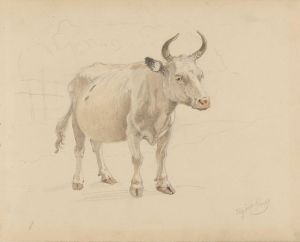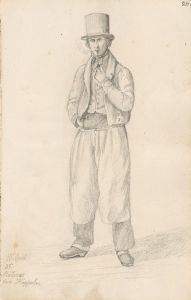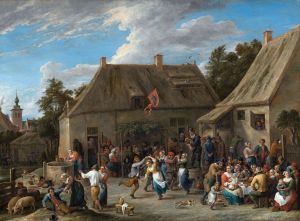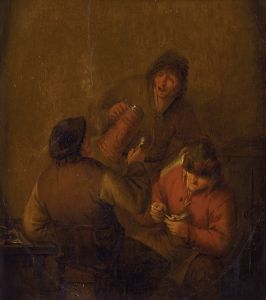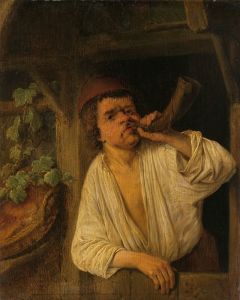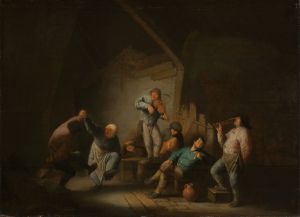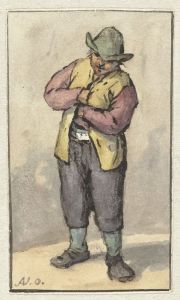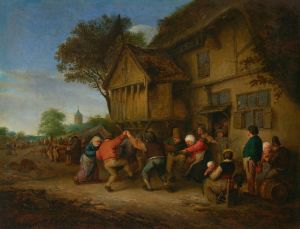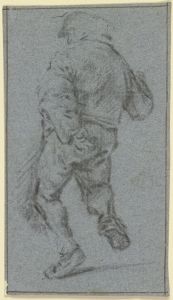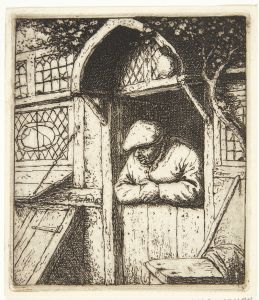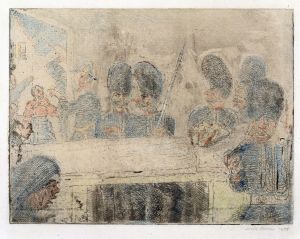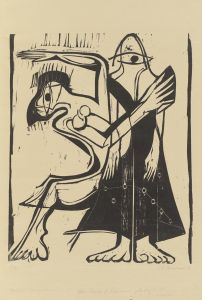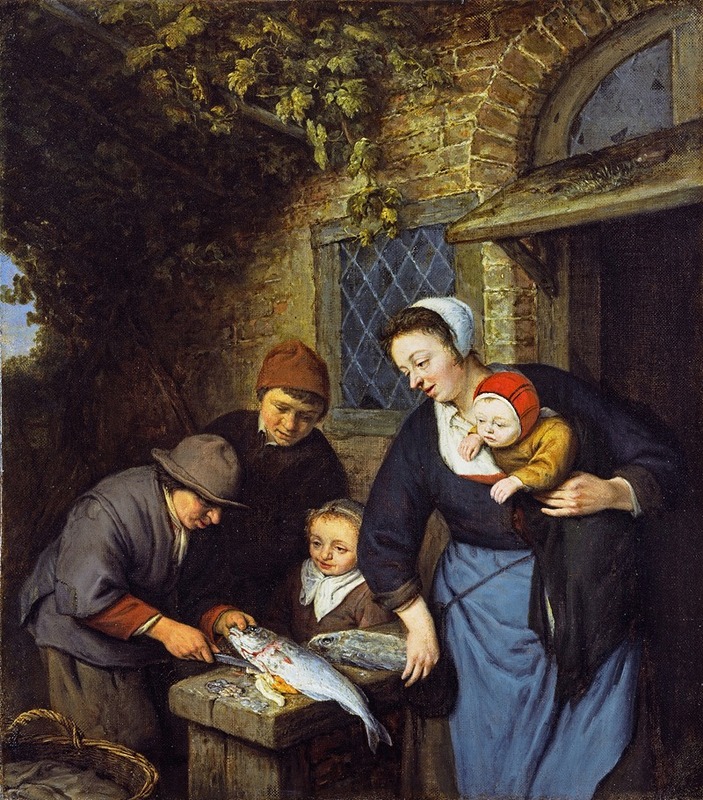
Buying Fish
A hand-painted replica of Adriaen van Ostade’s masterpiece Buying Fish, meticulously crafted by professional artists to capture the true essence of the original. Each piece is created with museum-quality canvas and rare mineral pigments, carefully painted by experienced artists with delicate brushstrokes and rich, layered colors to perfectly recreate the texture of the original artwork. Unlike machine-printed reproductions, this hand-painted version brings the painting to life, infused with the artist’s emotions and skill in every stroke. Whether for personal collection or home decoration, it instantly elevates the artistic atmosphere of any space.
"Buying Fish" is a painting by the Dutch Golden Age artist Adriaen van Ostade, who was born in 1610 and died in 1685. Van Ostade is renowned for his genre scenes that depict the everyday life of the lower classes in the 17th-century Netherlands. His works often feature lively, detailed portrayals of peasants, craftsmen, and other common folk engaged in various activities.
"Buying Fish" is a fine example of van Ostade's skill in capturing the nuances of daily life. The painting depicts a scene in which a fishmonger is selling fish to a group of customers. The setting is likely a market or a street stall, which was a common place for such transactions during that period. The composition is carefully arranged to draw the viewer's eye to the central action of the fish being weighed and sold.
Van Ostade's attention to detail is evident in the various textures and expressions he captures. The fishmonger, dressed in simple, workaday clothing, is shown in the act of weighing a fish, his face intent on the task. The customers, who include a woman and a child, are depicted with equal care. The woman appears to be negotiating the price, while the child looks on with curiosity. The background includes elements that suggest a bustling market environment, with other figures and market goods faintly visible, adding depth and context to the scene.
The painting is notable for its use of light and shadow, which van Ostade employs to create a sense of realism and volume. The light source, likely coming from the left, illuminates the figures and the fish, casting subtle shadows that enhance the three-dimensionality of the scene. The colors are muted yet rich, typical of van Ostade's palette, which often includes earthy tones and subdued hues that reflect the modesty of the subjects he portrays.
Adriaen van Ostade was a pupil of Frans Hals, and his work shows the influence of his teacher in its lively brushwork and keen observation of character. However, van Ostade developed his own distinctive style, characterized by a more intimate and detailed approach to genre scenes. His paintings often include a touch of humor and a sympathetic view of his subjects, which has contributed to his lasting popularity.
"Buying Fish" is part of a broader body of work that provides valuable insights into the social history of the Dutch Golden Age. Through his detailed and affectionate portrayals of everyday life, van Ostade offers a window into the world of the 17th-century Netherlands, capturing the rhythms and routines of ordinary people with remarkable clarity and empathy.
The painting is housed in the collection of the Rijksmuseum in Amsterdam, which holds an extensive array of works by Dutch masters. The Rijksmuseum's collection of van Ostade's works is particularly significant, as it showcases the breadth and depth of his contributions to Dutch genre painting.
In summary, "Buying Fish" by Adriaen van Ostade is a quintessential example of the artist's ability to depict the everyday life of the lower classes with precision, empathy, and a keen eye for detail. The painting remains an important piece within the context of Dutch Golden Age art and continues to be appreciated for its historical and artistic value.







